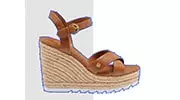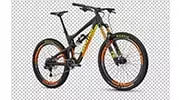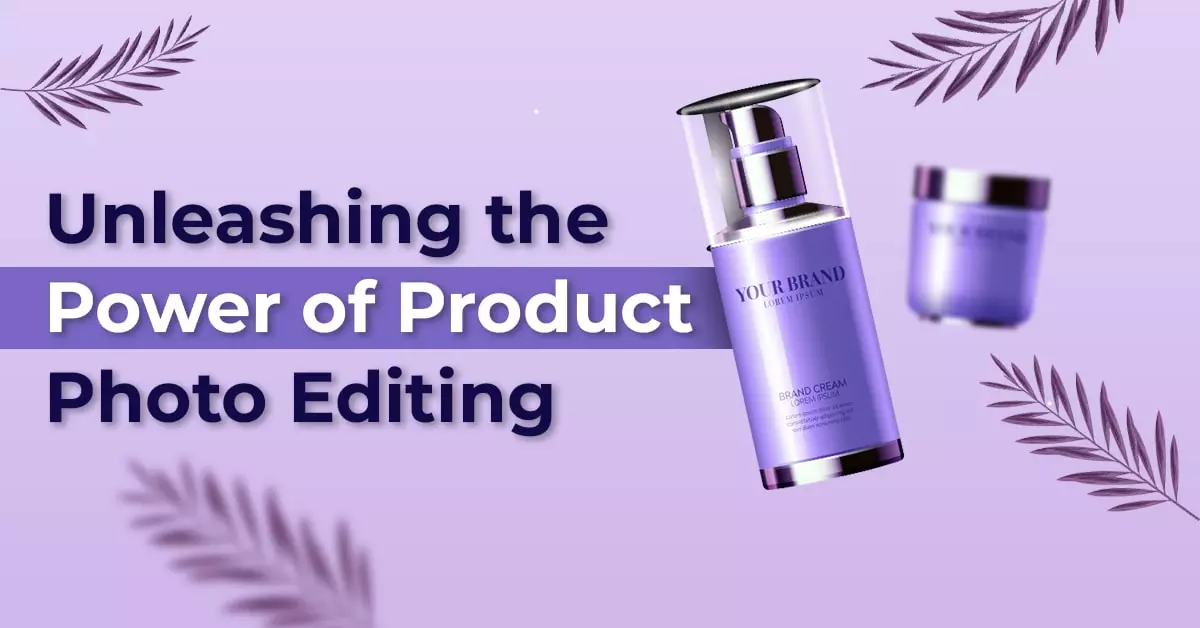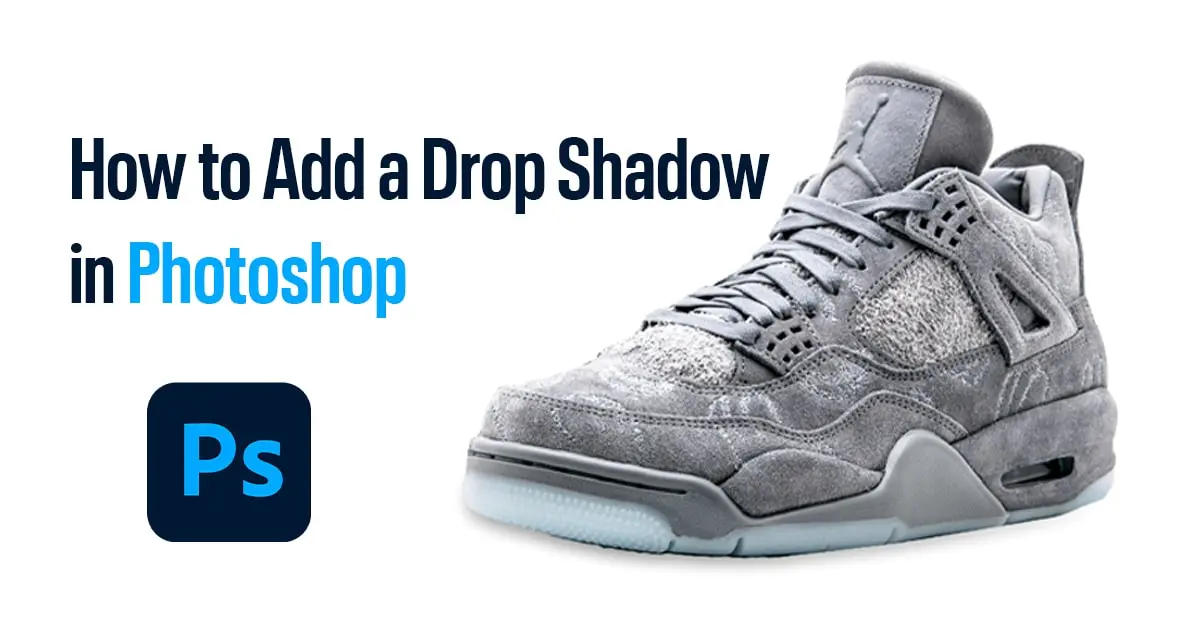In today’s visually-driven world, high-quality product photos can make all the difference for businesses looking to make an impact in the competitive market.
A captivating image has the potential to catch a customer’s attention, evoke emotions, and ultimately influence purchasing decisions. This is where the art of product photo editing comes into play.
In this comprehensive guide, we will explore the world of product photo editing, its significance, and how it can help businesses excel in the online realm.
What is product photo editing?
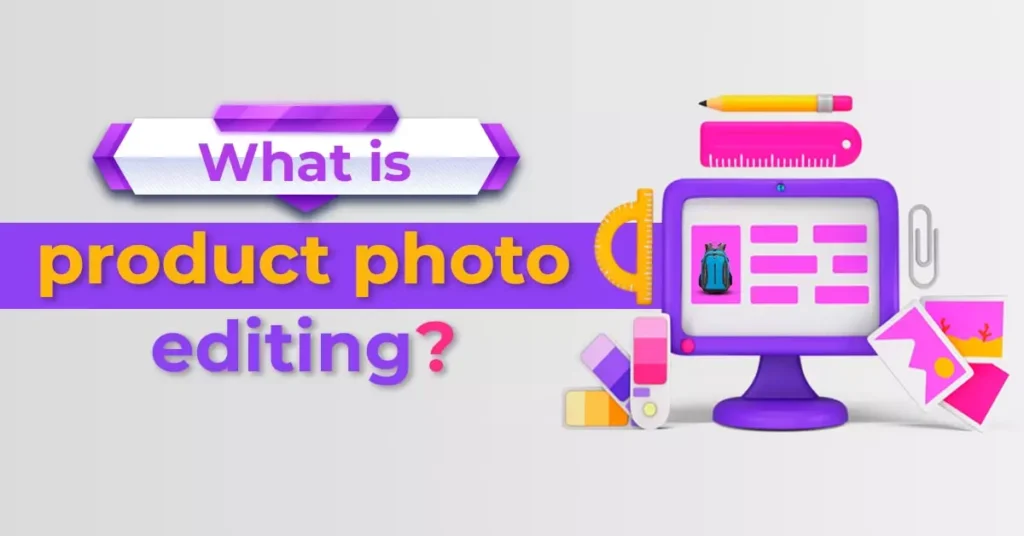
Product photo editing is the process of enhancing and transforming raw images to create visually appealing and professional-looking product representations.
It involves a variety of techniques, ranging from basic adjustments like cropping and resizing to more advanced tasks such as retouching and background removal.
The primary goal is to showcase the products in the best possible light, capturing their essence and enticing potential customers.
The importance of high-quality product images
The importance of high-quality product images cannot be overstated. Studies have shown that customers are more likely to engage with and trust businesses that provide clear, detailed, and attractive product photos.
In fact, a survey conducted by BigCommerce found that 78% of online shoppers consider product images to be a vital factor in their purchasing decisions.
Introduction to popular photo editing software
To embark on your product photo editing journey, you’ll need access to the right tools and techniques.
Popular photo editing software like Adobe Photoshop, Lightroom, and GIMP offers a range of powerful features that can bring out the best in your product images.
Basic editing techniques: cropping, resizing, and adjusting exposure
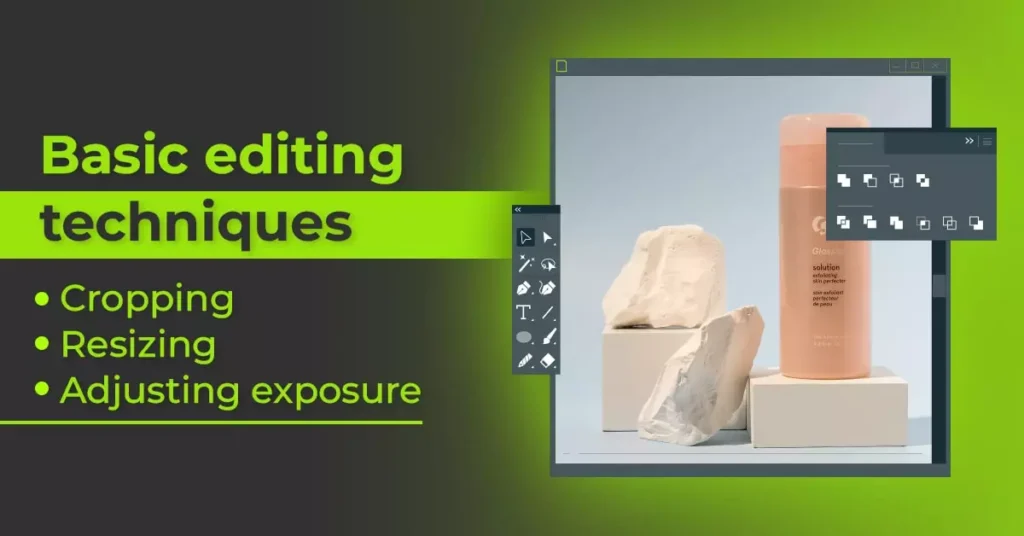
Begin by mastering the basics, such as cropping, resizing, and adjusting exposure. These fundamental techniques allow you to remove unwanted elements, focus on the product itself, and ensure optimal brightness and contrast.
Next, dive into color correction and white balance adjustment to ensure an accurate representation of your products’ true colors.
Background removal and replacement can significantly elevate the professionalism of your product images. By isolating the product from its original background, you can create a clean and consistent look. Additionally, consider retouching and enhancing specific details to showcase the product’s unique features, textures, or intricate patterns.
Batch editing is another time-saving technique that can streamline your workflow. It allows you to apply consistent edits across a series of product images, ensuring a cohesive and visually pleasing catalog.
Understanding e-commerce platform requirements for product images
Editing product photos goes beyond making them visually appealing; it also involves optimizing them for e-commerce platforms.
Each platform has its own set of requirements for product images, and failure to meet these specifications may result in images appearing distorted or taking longer to load.
Image optimization for faster page load times and improved user experience.
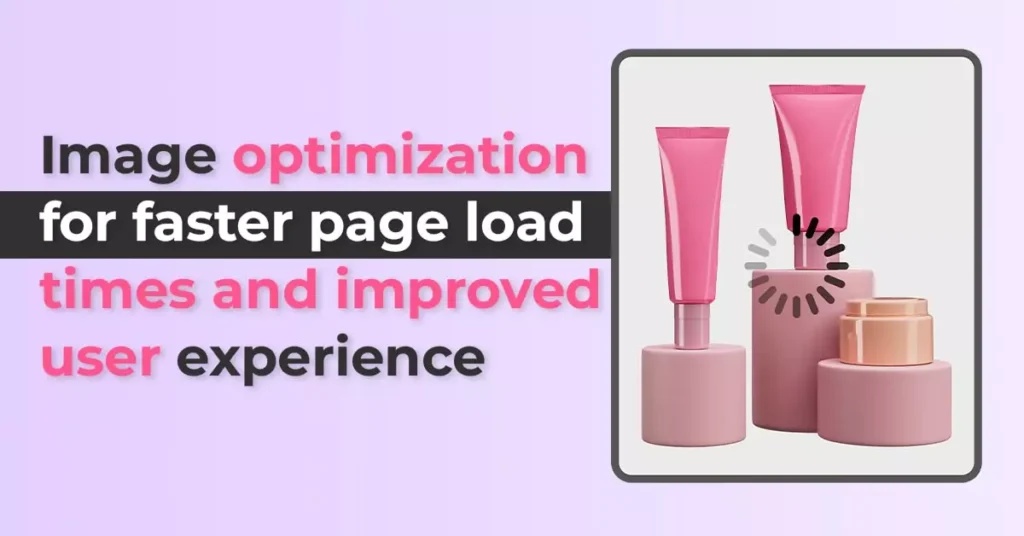
To optimize your product photos, familiarize yourself with the requirements of popular e-commerce platforms.
Consider factors such as image dimensions, file formats, and maximum file sizes.
By adhering to these guidelines, you can ensure that your product images load quickly, appear crisp, and provide an optimal user experience.
Image compression techniques

Image compression techniques play a crucial role in maintaining image quality while reducing file size.
This helps to enhance page load times, especially on mobile devices where slow-loading images can lead to increased bounce rates.
Experiment with different compression settings and formats to find the right balance between file size and image quality.
Proper image formatting and dimensions for different platforms
Proper image formatting is equally important. Ensure that your product images have consistent dimensions and aspect ratios to create a visually pleasing and professional presentation.
This consistency not only enhances the overall aesthetic but also contributes to a seamless browsing experience for potential customers.
A/B testing the impact of edited product photos on conversion rates
To truly gauge the impact of edited product photos on your conversion rates, consider conducting A/B testing.
Create variations of your product images, one with edits and the other without, and monitor how each version performs in terms of engagement, click-through rates, and ultimately, conversions.
This data-driven approach allows you to make informed decisions about the effectiveness of your photo editing efforts.
Expert Tips and Best Practices
As you delve deeper into the world of product photo editing, here are some expert tips and best practices to consider:
Finding the right balance: Strive to strike a balance between realistic representation and idealized visuals. While it’s essential to showcase products accurately, there’s no harm in enhancing certain aspects to create a more appealing image.
Professional photographers vs. DIY: Depending on your budget and resources, you can choose to hire professional product photographers or take a DIY approach.
Professional photographers bring expertise and specialized equipment to the table, while a DIY approach allows for more creative control and cost savings.
Leveraging presets and templates: Take advantage of photo editing presets and templates to streamline your workflow and maintain consistency across your product images. These pre-configured settings can save you time and effort while ensuring a cohesive visual identity.
Embrace lifestyle images and mockups: Beyond standalone product images, consider incorporating lifestyle images and product mockups into your marketing efforts.
Lifestyle images showcase products in real-life situations, allowing customers to visualize themselves using the product.
Mockups provide a digital representation of your product in various settings, adding a touch of sophistication and context.
Staying up-to-date with design trends: The world of design is ever-evolving, and keeping up with the latest trends can give your product images a fresh and modern appeal. Stay connected with design communities, follow industry influencers, and conduct research to ensure your visuals resonate with your target audience.
Conclusion:
In the ever-competitive landscape of e-commerce, product photo editing has become an indispensable tool for businesses looking to make a lasting impression.
By understanding the basics, mastering essential techniques, optimizing for e-commerce platforms, and following expert tips, you can unlock the potential of your product images and drive sales.
Investing in quality product photography and editing pays off in the long run, as customers are more likely to trust and engage with businesses that provide visually appealing and accurate representations of their products.
So, embrace the art of product photo editing, experiment with different techniques, and watch as your online presence flourishes.





